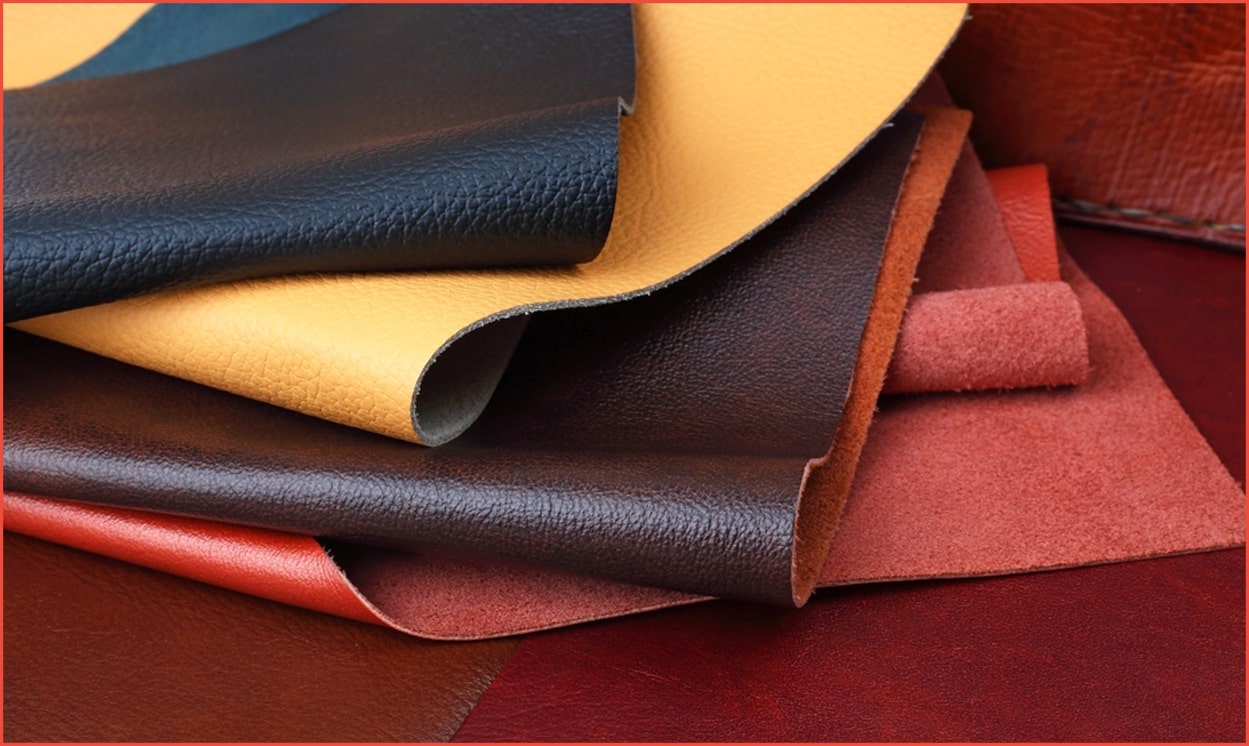Leatherworking is a centuries-old human activity. Tradition and vocabulary are linked to this art form. Learning about leather can be a lot of fun, but it can also lead to customer confusion.
There are many amazing varieties of leather available on the market, but it can be difficult to tell them apart at times. Every sort of leather has its own characteristics and advantages that aid in the creation of various leather coats, gloves, and footwear. Understanding the different forms of leather is vital when choosing the best sorts of leather or purchasing ready-made leather products to guarantee that you know what you’re paying for.
What exactly is leather? What is the composition of leather?
Leather is a natural substance made from the skin of animals that has been developed by processing raw animal hides with chemical or natural extracts. Rawhides cannot be used without first treating and modifying their fibers as they are susceptible to breakdown. The protein structure of the hide is permanently altered throughout the tanning process, resulting in a flexible, resilient, and breathable material that can be used for a variety of purposes.
Kinds of Leather:
Leather comes from a variety of species, including horses, deer, kangaroos, sheep and other exotic leathers such as snakes, fish, alligators, ostriches, and frogs. Cows provide the majority of today’s leather due to their size, quality, and ease of access. Each variety of leather has its own set of characteristics, applications, and aesthetics. Various elements have an impact on the quality of leather derived from distinct animals. Many of these have to do with the animal’s lifestyle, such as its diet, nutrition, climate, or disease exposure. Other elements, like as tanning chemicals, dyes and stains, and how the leather is handled and exported, affect leather quality after the animal has been slain. There are various sorts of leather, each of which differs in terms of how it is created and where it is sourced. The most essential classification is dependent on which section of the animal’s skin is used to make the product. Top-Grain Leather, Full-Grain Leather, Split Leather, Faux Leather, Genuine Leather, and Bounded Leather are the six most common varieties of leather.
- Top-grain Leather:
Top-grain leather, which comes from the top layer of cowhide, is considered as the second-best quality leather in the world. It develops top-grain if the highest layer of cowhide is rectified in any way. Buffing and sanding processes can be used to remove defects and blemishes from a full-grain hide, making it look brighter, thinner, and more flexible; it becomes top grain leather. To prevent the creation of a patina on top-grain leather bags, finish coatings are usually applied. It’s most commonly used to make high-end leather purses, wallets, and belts.
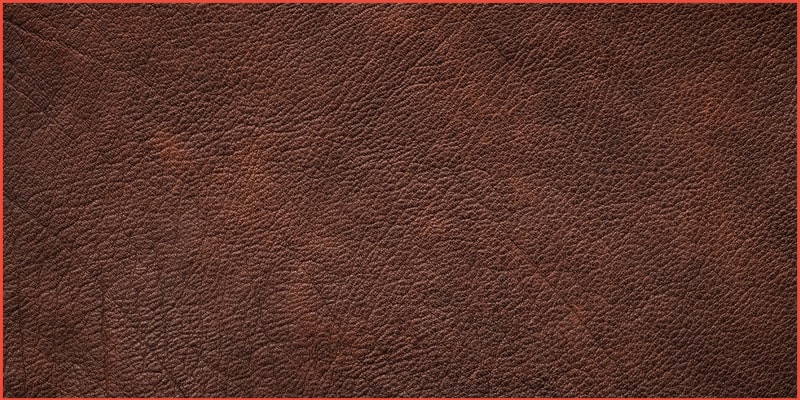
- Full-grain Leather:
Full-grain leather is the highest quality leather available in the market. It refers to the top layer of the hide, right behind the animal’s hairs. It is the most durable and strongest leather. Leather that has rather not been sanded or buffed, nor has it been attempted to remove defects or blemishes, displays the more natural features of leather. The most coveted skins are full-grain hides with minor flaws, as they are less common and more physically pleasing. As a result, they’re great for saddles, shoes, and furniture. In addition, the outer layer has certain water resistance properties. Full-grain leather does not deteriorate over time, but rather acquires a lovely patina that adds to the final product’s design and character.
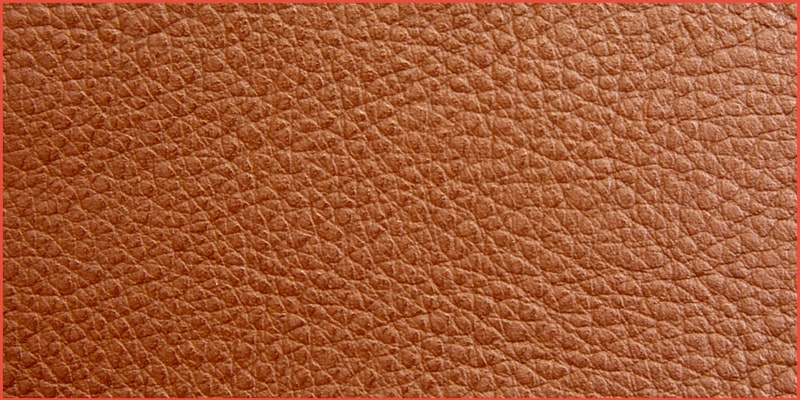
- Split Leather:
Split-grain leather is a layered cut of leather that starts below the top grain and ends above the hide’s flesh layer. It lacks the density, tightness, and utility of top-grain and full-grain leathers. As a result, it’s typically used to polish leather that’s been colored, embossed, or has had its surface altered. It offers some of the benefits of leather but has a more appealing appearance and is frequently practical, which is advantageous for leather items. It is more fragile than other materials, and if not handled carefully, it can quickly be harmed. Suede leather is typically made from split leathers.
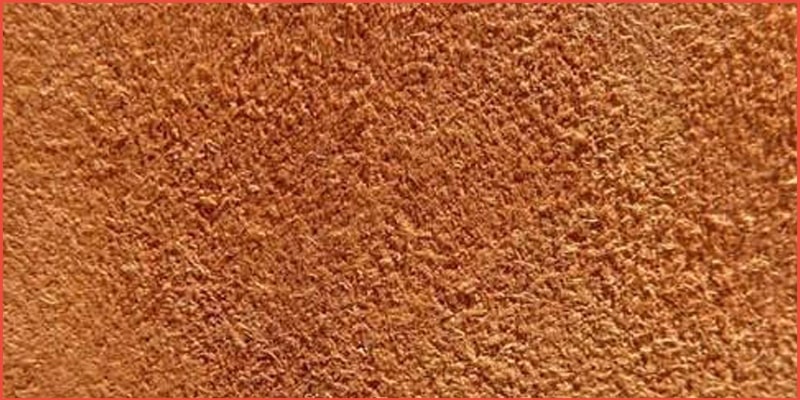
- Faux Leather:
Faux leather is a synthetic leather made primarily of polyurethane or vinyl. It is substantially less expensive because it feels like real leather. It is often used by commercial establishments for furniture since it is the cheapest, does not easily deteriorate, and appears to be original. It has several functions in addition to having its own particular look and feel so it is utilized for various purposes. However, due to its classic looks and durability, this material continues to be popular. Factually it lacks the characteristics of genuine leather, such as lifespan, stretchability, breathability, cut and abrasion resistance, and a distinct natural look and feel. Faux leather is also known by various names such as Faux Leather, PU Leather, and Vinyl leather and vegan leather.
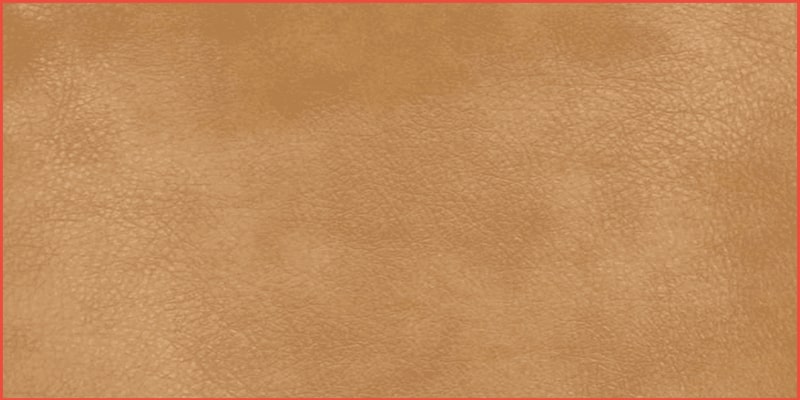
- Genuine Leather:
Genuine leather ranks third in terms of quality among various leather varieties. Genuine leather is made comprised of an intermediate layer that remains after the outermost two layers of the hide are removed. After removing any defects with sanding, buffing, or dying, an artificial texture and color spray treatment is given to give it a more natural appearance. Some of the natural features of the leather are altered as a result of this technique, but it is still suitable for everything from leather backpacks to briefcases, leather belts, and other similar items. Although it does not develop a patina over time, so it will crack on the surface as the leather ages. It is not as long-lasting as full-grain or top-grain leather. However, it presents a cost-effective alternative to high-end choices.
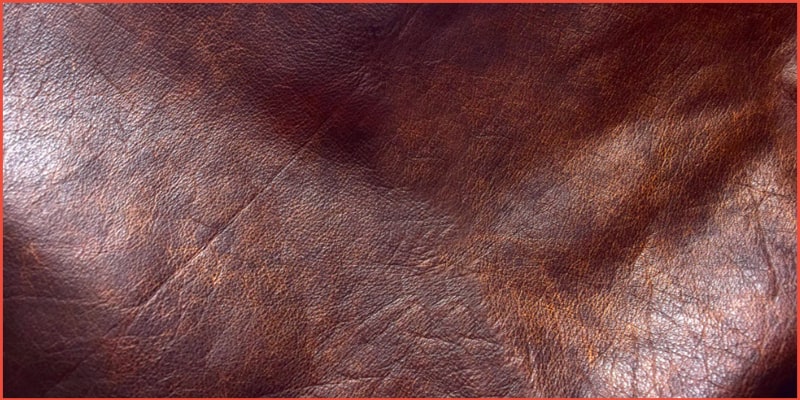
- Bounded Leather:
Bonded leather manufactured from production justifyovers, as the name implies. Bonded leather is the lowest grade leather, made from scraps of leather combined with a filler and finished with an embossed polyurethane coating. This type of leather is not durable like top grain leather or even genuine leather. Despite the fact that bonded leather contains only a small amount of genuine leather, many manufacturers promote it as genuine leather. As a result, it’s usually applied to items in a less obvious way. Shoe bottoms and heels, textile linings, and book covers are all made from this material. However, unlike real leather, bonded leather wears out and becomes unsightly over time. It’s also known as mixed leather or reconstituted leather.
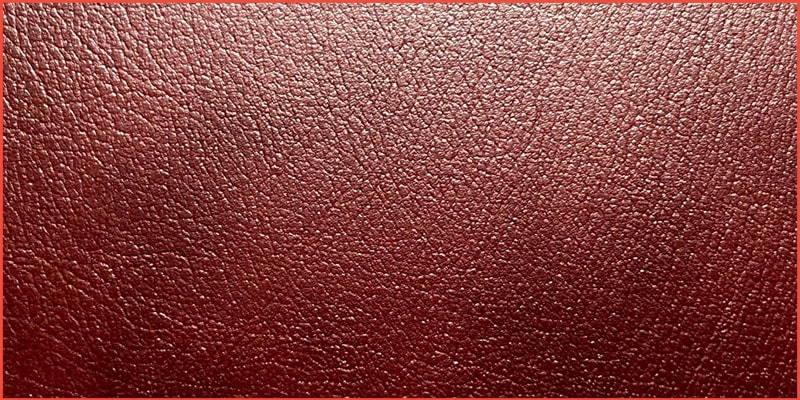
Ending notes:
Each type of leather has its own particular appearance and feel, making it appropriate for a variety of applications. This material has been popular for decades since it is timeless and durable. This short article on leather discusses many varieties of leather, how leather is created, and how to distinguish between them. Although years of experience are required to accurately determine the appropriate sort of leather, this guide has given you an overview of the various types of leather. You might find this useful the next time you go shopping for leather.

